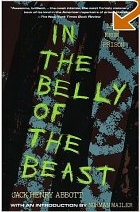
Nachem Malech Mailer, known by his pen name Norman Kingsley Mailer, was an American novelist, journalist, playwright, and filmmaker. In a career spanning over six decades, Mailer had 11 best-selling books, at least one in each of the seven decades after World War II.
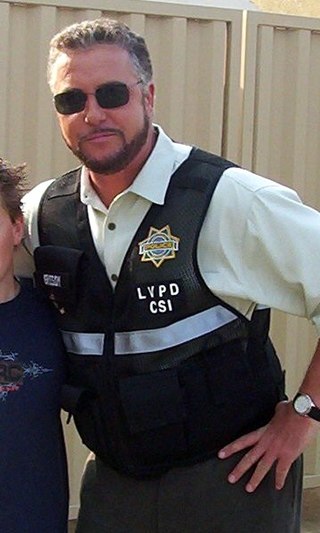
William Louis Petersen is an American actor. He is best known for his role as Gil Grissom in the CBS drama thriller series CSI: Crime Scene Investigation (2000–2015), for which he won a Screen Actors Guild Award and was nominated for a Golden Globe Award; he was further nominated for three Primetime Emmy Awards as a producer of the show. He reprised his role as Gil Grissom in the sequel CSI: Vegas, which premiered on October 6, 2021.

The Executioner's Song (1979) is a Pulitzer Prize-winning true crime novel by Norman Mailer that depicts the events related to the execution of Gary Gilmore for murder by the state of Utah. The title of the book may be a play on "The Lord High Executioner's Song" from Gilbert and Sullivan's The Mikado. "The Executioner's Song" is also the title of a poem by Mailer, published in Fuck You magazine in September 1964 and reprinted in Cannibals and Christians (1966), and the title of one of the chapters of his 1975 non-fiction book The Fight.
Jack Henry Abbott was an American criminal and author. With a long history of criminal convictions, Abbott's writing concerning his life and experiences was lauded by a number of well-known literary critics, including author Norman Mailer. Due partly to lobbying by Mailer and others on Abbott's behalf, Abbott was released from prison in 1981 where he was serving sentences for forgery, manslaughter, and bank robbery. Abbott's memoir In the Belly of the Beast was published with positive reviews soon after his release. Six weeks after being paroled from prison, Abbott stabbed and killed a waiter outside a New York City cafe. Abbott was convicted and sent back to prison, where he killed himself in 2002.

Leo Vincelette Felton is an American white supremacist of African American descent who was convicted of bank robbery and plotting to build a bomb in Boston to attack Jewish-Americans, colloquially referred to as the 2002 white supremacist terror plot. Felton was released from prison in 2019 after serving 17 years.
Robert D. Hare is a Canadian forensic psychologist, known for his research in the field of criminal psychology. He is a professor emeritus of the University of British Columbia where he specializes in psychopathology and psychophysiology.

Ghosts... of the Civil Dead is a 1988 Australian drama-suspense film directed by John Hillcoat. It was written by Hillcoat, Evan English, Gene Conkie, Nick Cave and Hugo Race. It is partly based on the true story of Jack Henry Abbott.
Joan Abse was an English author and art historian. She was the wife of Welsh poet and physician Dannie Abse.
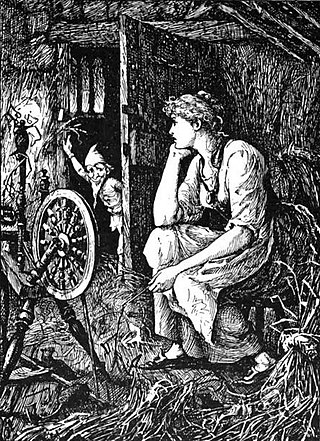
The Langs' Fairy Books are a series of 25 collections of true and fictional stories for children published between 1889 and 1913 by Andrew Lang and his wife, Leonora Blanche Alleyne. The best known books of the series are the 12 collections of fairy tales also known as Andrew Lang's "Coloured" Fairy Books or Andrew Lang's Fairy Books of Many Colors. In all, the volumes feature 798 stories, besides the 153 poems in The Blue Poetry Book.

The White Negro: Superficial Reflections on the Hipster is a 9,000-word essay by Norman Mailer that connects the "psychic havoc" wrought by the Holocaust and atomic bomb to the aftermath of slavery in America in the figuration of the Hipster, or the "white negro". The essay is a call to abandon Eisenhower liberalism and a numbing culture of conformity and psychoanalysis in favor of the rebelliousness, personal violence and emancipating sexuality that Mailer associates with marginalized black culture. The White Negro was first published in the 1957 special issue of Dissent, before being published separately by City Lights. Mailer's essay was controversial upon its release and received a mixed reception, winning praise, for example, from Eldridge Cleaver and criticism from James Baldwin, Ralph Ellison, and Allen Ginsberg. Baldwin, in particular, heavily criticized the work, asserting that it perpetuated the notorious "myth of the sexuality of Negros" and stating that it was beneath Mailer's talents. The work remains his most famous and most reprinted essay and it established Mailer's reputation as a "philosopher of hip".
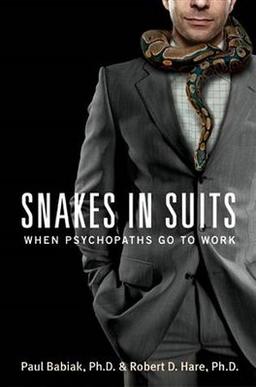
Snakes in Suits: When Psychopaths Go to Work is a 2006 non-fiction book by industrial psychologist Paul Babiak and criminal psychologist Robert D. Hare. The book describes how a workplace psychopath can take power in a business using manipulation.
Psychopathy is a mental health condition characterized by persistent antisocial behavior, impaired empathy and remorse, and bold, disinhibited, and egotistical traits. Different conceptions of psychopathy have been used throughout history that are only partly overlapping and may sometimes be contradictory.
Jack Olsen was an American journalist and author known for his crime reporting.
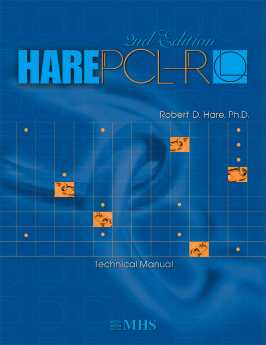
The Psychopathy Checklist or Hare Psychopathy Checklist-Revised, now the Psychopathy Checklist—revised (PCL-R), is a psychological assessment tool that is commonly used to assess the presence and extent of the personality trait psychopathy in individuals—most often those institutionalized in the criminal justice system—and to differentiate those high in this trait from those with antisocial personality disorder, a related diagnosable disorder. It is a 20-item inventory of perceived personality traits and recorded behaviors, intended to be completed on the basis of a semi-structured interview along with a review of "collateral information" such as official records. The psychopath tends to display a constellation or combination of high narcissistic, borderline, and antisocial personality disorder traits, which includes superficial charm, charisma/attractiveness, sexual seductiveness and promiscuity, affective instability, suicidality, lack of empathy, feelings of emptiness, self-harm, and splitting. In addition, sadistic and paranoid traits are usually also present.
American prison literature is literature written by Americans who are incarcerated. It is a distinct literary phenomenon that is increasingly studied as such by academics.

Why Are We In Vietnam? (WWVN) is a 1967 novel by the American author Norman Mailer. It focuses on a hunting trip to the Brooks Range in Alaska where a young man is brought by his father, a wealthy businessman who works for a company that makes cigarette filters and is obsessed with killing a grizzly bear. As the novel progresses, the protagonist is increasingly disillusioned that his father resorts to hunting tactics that seem dishonest and weak, including the use of a helicopter and taking credit for killing a bear. At the end of the novel, the protagonist tells the reader that he is soon going to serve in the Vietnam War as a soldier.
Belly of the Beast is a 2003 action film starring Steven Seagal.
Fictional portrayals of psychopaths, or sociopaths, are some of the most notorious in film and literature but may only vaguely or partly relate to the concept of psychopathy, which is itself used with varying definitions by mental health professionals, criminologists and others. The character may be identified as a diagnosed/assessed psychopath or sociopath within the fictional work itself, or by its creator when discussing their intentions with the work, which might be distinguished from opinions of audiences or critics based only on a character appearing to show traits or behaviors associated with an undefined popular stereotype of psychopathy.
Psychopathy, from psych and pathy, was coined by German psychiatrists in the 19th century and originally just meant what would today be called mental disorder, the study of which is still known as psychopathology. By the turn of the century 'psychopathic inferiority' referred to the type of mental disorder that might now be termed personality disorder, along with a wide variety of other conditions now otherwise classified. Through the early 20th century this and other terms such as 'constitutional (inborn) psychopaths' or 'psychopathic personalities', were used very broadly to cover anyone who violated legal or moral expectations or was considered inherently socially undesirable in some way.
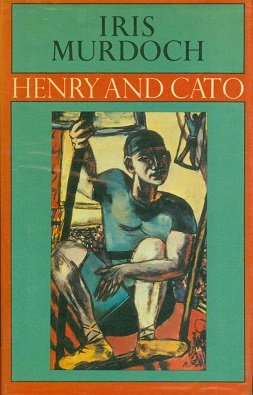
Henry and Cato is a novel by Iris Murdoch. Published in 1976, it was her eighteenth novel.
